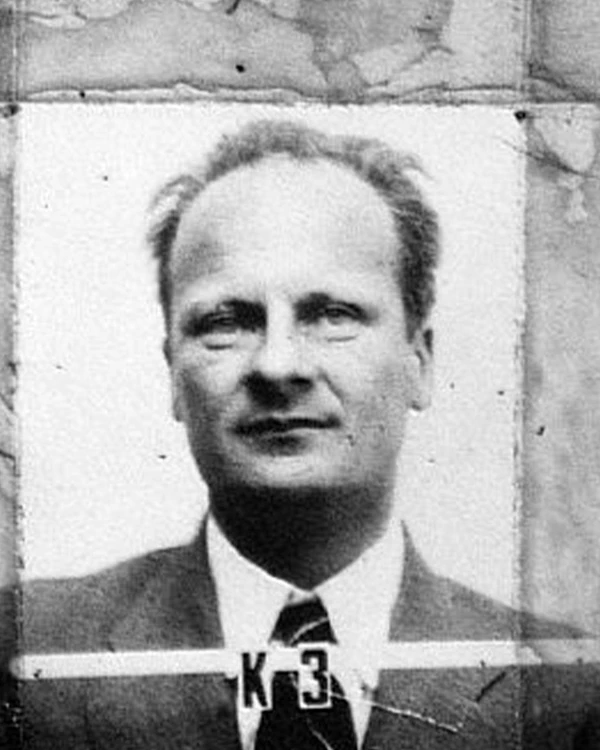Last updated: September 26, 2023
Person
Manhattan Project Scientists: Hans Bethe

LOS ALAMOS NATIONAL LABORATORY
Hans Bethe (1906-2005) was a German-American physicist. He spent most of his career at Cornell University, making major contributions to nuclear physics, astrophysics, quantum electrodynamics, and solid-state physics as well as being advisor to more than twenty doctoral students. In July 1942 following a conference at which the question had arisen, he made the calculations showing that an explosion of the nitrogen in the atmosphere or the hydrogen in the ocean could not be triggered by an atomic bomb. Serious physicists knew that later discussions of these “threats,” such as those preceding the Trinity Test, were not to be taken seriously. As part of the war effort he worked on a theory of armor penetration, with Teller clarified shock-wave theory, and worked on radar at the Radiation Laboratory. When he was invited to Los Alamos as part of the Manhattan Project, he became head of the Theoretical Division. There he worked on aspects of implosion and radiation propagation, and, with Feynman, calculating explosive yields. When the Creutz Test indicated that the Trinity Test would probably fail, he worked all night re-examining the results, and was able to call the anxious Trinity crew and assure them that it would succeed – which it did. For a short time in 1945 he, wife Rose, and their two children lived in one of the “Bathtub Row” houses; now as a part of the Los Alamos History Museum campus, it is known as the Bethe House.
After the war he played an important role in developing the hydrogen bomb, but later campaigned against nuclear testing and the arms race. In 1967 he received the Nobel Prize for physics for work he had done in the 1940s on the thermonuclear reactions that power stars. He continued publishing well into his nineties and was one of the few scientists to publish at least one major paper in every decade of his career. His book of science-related essays, The Road From Los Alamos, was published in 1991.
